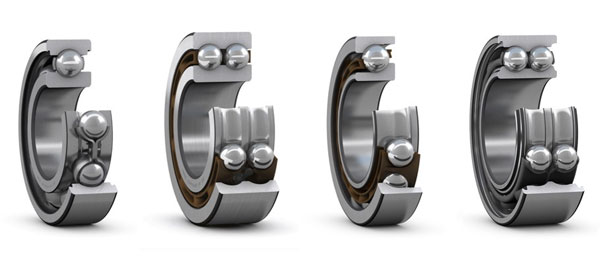Single-Row and Double-Row Ball Bearings
You have probably wondered what the difference is between Single-row and Double-row ball bearings, and are not sure how they differ. Well, here's an overview of the two types and how they are used. Read on for more information. Listed below are some common uses of these bearings. If you're not sure what each type of bearing is used for, read on to learn more about their benefits and disadvantages.
Single-row ball bearings are used in automobiles, transmissions, household appliances, and electrical components. Double-row ball bearings, on the other hand, are used in construction machinery, internal combustion engines, and instruments. Their tightness between the steel ball and raceway provides great support. A single-row ball bearing is typically the most popular type, but you can also find double-row ball bearings for use in other applications.

Double-row ball bearings are similar in structure to single-row angular contact ball bearings. However, they are narrower and contain fewer balls per row. They are capable of sustaining axial, radial, and moment loads. They also can support bi-directional axial loads. And like single-row ball bearings, they can be fitted with shields and seals for better protection.
Typically, double-row ball bearings have steel, brass, or polyamide cages. Other cage types are available upon agreement with the manufacturer. When choosing a type of bearing, it's important to consider its suitability for the application. Some double-row ball bearings are better suited for high-speed applications while others are best used in low-speed settings. When you're unsure, check with Schaeffler for more information.
- Previous: Angular Contact Ball Bearings
- Next: Low Friction Deep Groove Ball Bearing











